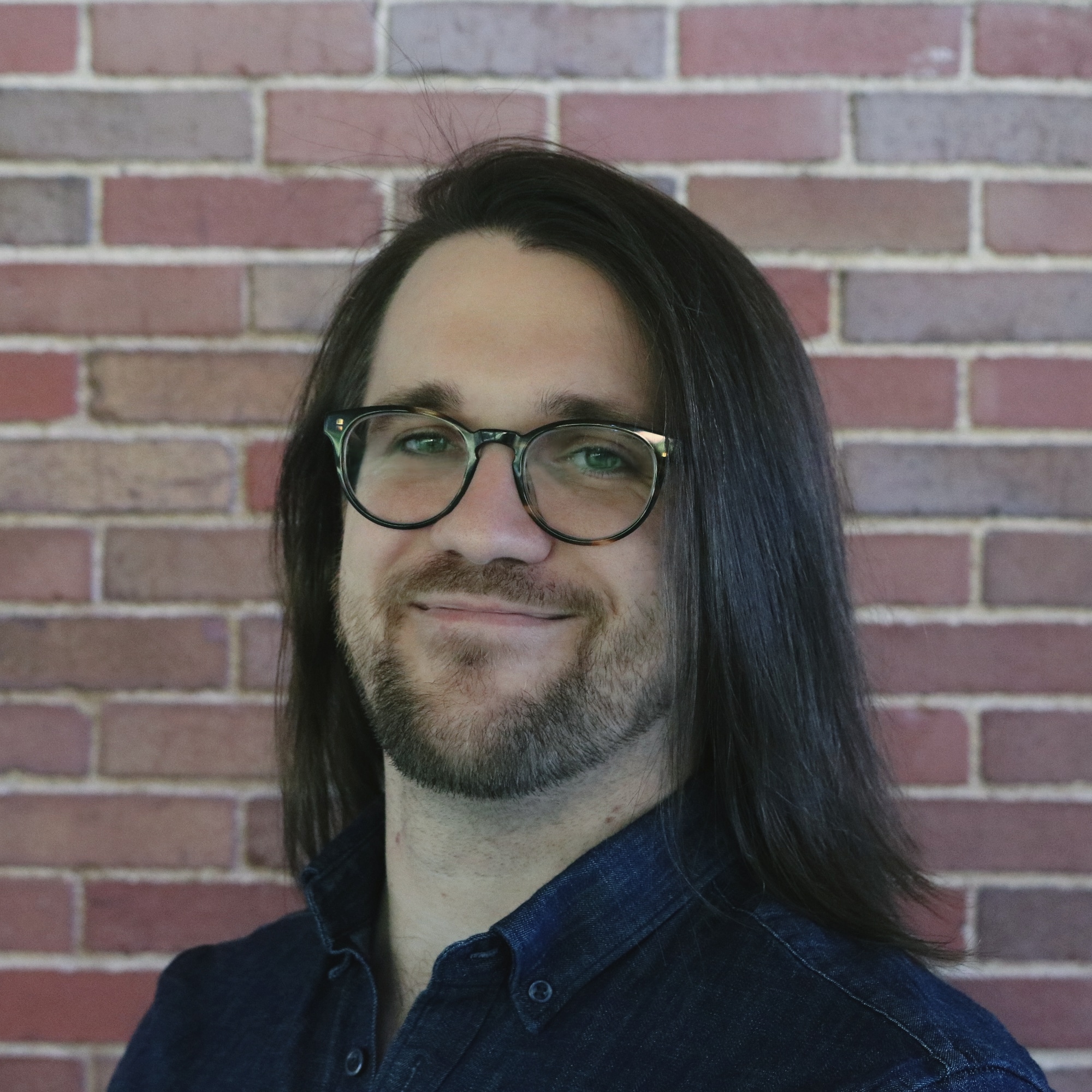 All University of Cincinnati Libraries locations are closed Monday, Sept. 5 for Labor Day. The Libraries will reopen as scheduled Tuesday, Sept. 6.
All University of Cincinnati Libraries locations are closed Monday, Sept. 5 for Labor Day. The Libraries will reopen as scheduled Tuesday, Sept. 6.
Have a safe and relaxing holiday.

JOIN us for the third in a four part data visualization series entitled:
A well thought out and designed visualization can convey meaning and deep insight into vast amounts of data. In this four part lecture series, data visualization researchers and experts will discuss visualizations from different disciplines and highlight choices made to find the “so what”.
This series is a part of the Data and Computational Science Series.
Our next Speaker is Frank Elavsky from Carnegie Mellon University. The talk is entitled Dat Visualization Accessilibilty and will focus on making data visualizations accessible to all users especially people with disabilities. 
Title: The Role of Data Visualization in Science and Computational Science
Date: September 1, 2022
Time: 9:30 pm – 11:00 am EST
Venue: The Visualization Lab in GMP Library (240H Braunstein Hall)
Registration: link to faculty one stop
This free event is hosted by UC Libraries Research and Data Serivces and the Office of Research – Research Computing and Data and funded by the Office of the Provost Universal Provider Grant and is open to all.
 Next week, UC Libraries will make updates to the website in order to improve usability and discoverability, as well as to simplify navigation. These changes are reflective of results from user testing, analytics and edit requests received throughout the year. Where possible, redirects will be included, but please note new URLs listed below and update any bookmarks as necessary.
Next week, UC Libraries will make updates to the website in order to improve usability and discoverability, as well as to simplify navigation. These changes are reflective of results from user testing, analytics and edit requests received throughout the year. Where possible, redirects will be included, but please note new URLs listed below and update any bookmarks as necessary.
Please note, other library resources, including Summon, the Library Catalog and Library Guides integration into Canvas, have had or will also have updates. If you use these resources in your courses or research, we also recommend checking that your links, bookmarks and information are still up to date.
As always, contact us with questions.
 New science books have been added to the Geology-Math-Physics and Langsam Libraries. The list includes 10 ebooks from the American Mathematical Society.
New science books have been added to the Geology-Math-Physics and Langsam Libraries. The list includes 10 ebooks from the American Mathematical Society.
Click here to access the May-June 2022 list.
If you have any questions about these books, contact Ted Baldwin, Director of Science and Engineering Libraries, at Ted.Baldwin@uc.edu.
 Welcome Rachel Hill, MLIS, PhD, to UC Libraries’ Research & Data Services Team as a temporary research data services librarian. Rachel is a recent graduate of the University of Kentucky’s iSchool and holds a PhD in anatomy and neurobiology. Rachel will provide research data management support, help get the word out about the new NIH Data Sharing and Management Policy and develop a Data Literacy Curriculum.
Welcome Rachel Hill, MLIS, PhD, to UC Libraries’ Research & Data Services Team as a temporary research data services librarian. Rachel is a recent graduate of the University of Kentucky’s iSchool and holds a PhD in anatomy and neurobiology. Rachel will provide research data management support, help get the word out about the new NIH Data Sharing and Management Policy and develop a Data Literacy Curriculum.
Welcome, Rachel!

Lori Harris
Lori E. Harris has been named interim dean and university librarian of the University of Cincinnati Libraries effective July 1, 2022. Harris initially joined the Libraries in 2015 as an associate fellow from the National Institutes of Health/National Library of Medicine (NIH/NLM). She permanently joined the University of Cincinnati Libraries in 2016.
Harris previously served as assistant dean and director of the Donald C. Harrison Health Sciences Library and the Henry R. Winkler Center for the History of the Health Professions. More recently, she co-led the development of the Libraries’ strategic framework NEXT Directions, which outlines the Libraries’ Guiding Principles and Pathways to operational excellence with special emphasis on initiatives relating to research, diversity, equity and inclusion and aligns with the University’s Next Lives Here framework. She has helped to support the College of Medicine’s LCME process by serving as a member of the reaccreditation committee and she currently sits on the College of Medicine’s Education Committee representing the Health Sciences Library.
Harris has worked tirelessly to build external relationships for the University of Cincinnati Libraries. Recently, she worked with Dr. Phil Diller, College of Medicine and the Henry R. Winkler Center Board, to bring to the university campus the six-part lecture series and exhibits that examined the work of Andreas Vesalius. Building upon her continued relationship and collaborations with colleagues from NIH/NLM, Harris helped bring to the Health Sciences Library the Native Voices traveling exhibition and lecture series, which honored the native tradition of oral history.
“I look forward to working with my University of Cincinnati Libraries colleagues in this new capacity,” said Harris. “Our recently completed Strategic Framework will provide the guiding principles and pathways for us to continue to advance our mission and realize our vision.”
Harris obtained her M.A. MSLS from the University of North Carolina at Chapel Hill and her B.A. in American studies, museum studies and archives from Smith College, Northampton, Massachusetts.
In her new role, Harris will provide leadership and coordination for the daily operations of the University of Cincinnati Libraries, working collaboratively with the library leadership of UC Blue Ash, UC Clermont and Law Libraries. Harris will continue to work directly with UC Libraries’ senior leadership, faculty and staff to ensure that continuity, growth and development of the University of Cincinnati Libraries is maintained throughout her tenure as interim dean and university librarian.
The University of Cincinnati Libraries will be closed, Monday, July 4 for Independence Day, with some locations also closing Sunday, July 3. Check each library location for specific hours. Normal hours for all library locations will resume Tuesday, July 5.
Have a safe and enjoyable 4th of July.
 .
.
All University of Cincinnati Libraries locations will be closed Monday, May 30 in observance of Memorial Day. Regular library hours for all locations will resume Tuesday, May 31. Have a safe holiday.
 Several ebooks from the American Mathematical Society have been added to the March-April 2022 Geology-Math-Physics Library new books list.
Several ebooks from the American Mathematical Society have been added to the March-April 2022 Geology-Math-Physics Library new books list.
Click here to access the March-April 2022 list.
If you have any questions about these books, contact Ted Baldwin, Director of the Science and Engineering Libraries, at Ted.Baldwin@uc.edu.
 Check out the new science books that have been added to the Geology-Math-Physics Library. There are 13 American Mathematical Society ebooks in the list.
Check out the new science books that have been added to the Geology-Math-Physics Library. There are 13 American Mathematical Society ebooks in the list.
Click here to access the January-February 2022 list.
If you have any questions about these books, contact Ted Baldwin, Director of Science and Engineering Libraries, at Ted.Baldwin@uc.edu.